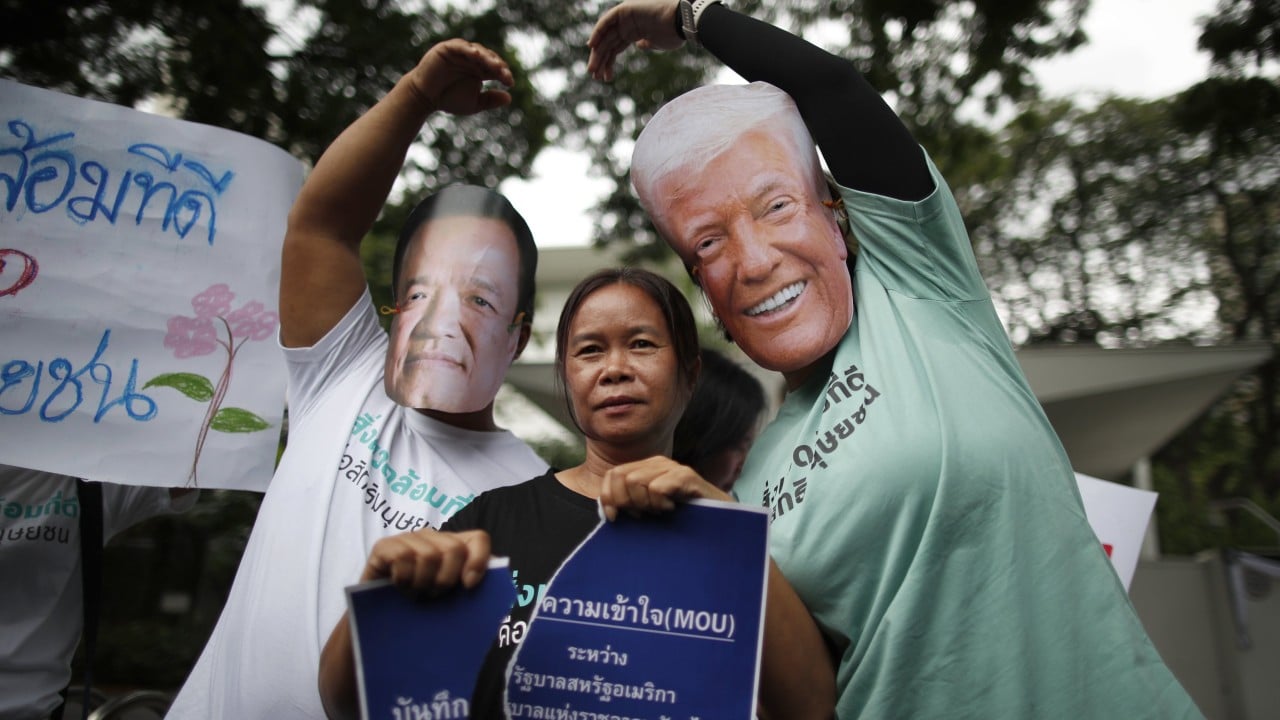
Southeast Asia is quietly emerging as a key arena in the global race for rare earth elements, the critical minerals powering everything from smartphones and electric vehicles to renewable energy systems and advanced weapons. As the world moves towards clean energy and digital transformation, control over these minerals has become central to geopolitical competition.
Malaysia has stepped forward to leverage its potential. With deposits estimated at over 16 million tonnes, the government is working to build domestic processing and magnet manufacturing capacities. It has allocated 10 million ringgit (US$2.4 million) for resource mapping and downstream development, including through joint ventures.
By blending foreign expertise with local equity, Malaysia aims to retain more value. Yet China’s dominance of refining technology means that much of the profits could still flow north. Even though the minerals lie beneath Malaysian soil, the knowledge and capacity to turn them into strategic assets remain largely Chinese.
However, in the face of enormous technological hurdles, Indonesia might have to partner with Chinese firms. A likely scenario is that the country profits from mining and partial processing, while China retains control of more advanced technology and the market, and the US continues to be a consumer of finished goods that are made in China with Southeast Asian inputs.


